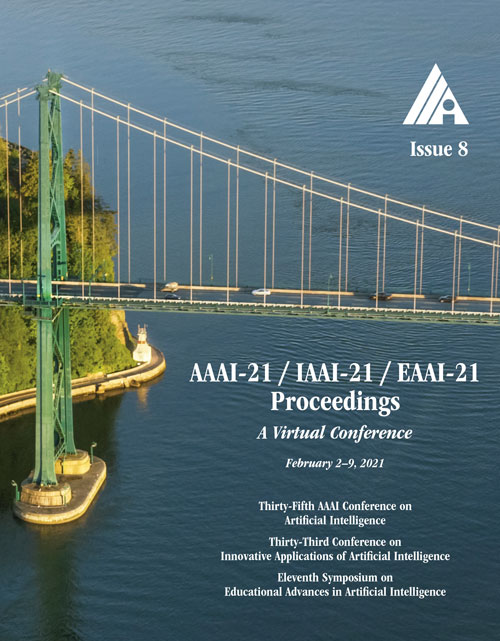Cascade Size Distributions: Why They Matter and How to Compute Them Efficiently
DOI:
https://doi.org/10.1609/aaai.v35i8.16844Keywords:
Probabilistic Graphical Models, Graph-based Machine Learning, Graph Mining, Social Network Analysis & CommunityAbstract
Cascade models are central to understanding, predicting, and controlling epidemic spreading and information propagation. Related optimization, including influence maximization, model parameter inference, or the development of vaccination strategies, relies heavily on sampling from a model. This is either inefficient or inaccurate. As alternative, we present an efficient message passing algorithm that computes the probability distribution of the cascade size for the Independent Cascade Model on weighted directed networks and generalizations. Our approach is exact on trees but can be applied to any network topology. It approximates locally tree-like networks well, scales to large networks, and can lead to surprisingly good performance on more dense networks, as we also exemplify on real world data.Downloads
Published
2021-05-18
How to Cite
Burkholz, R., & Quackenbush, J. (2021). Cascade Size Distributions: Why They Matter and How to Compute Them Efficiently. Proceedings of the AAAI Conference on Artificial Intelligence, 35(8), 6840-6849. https://doi.org/10.1609/aaai.v35i8.16844
Issue
Section
AAAI Technical Track on Machine Learning I

